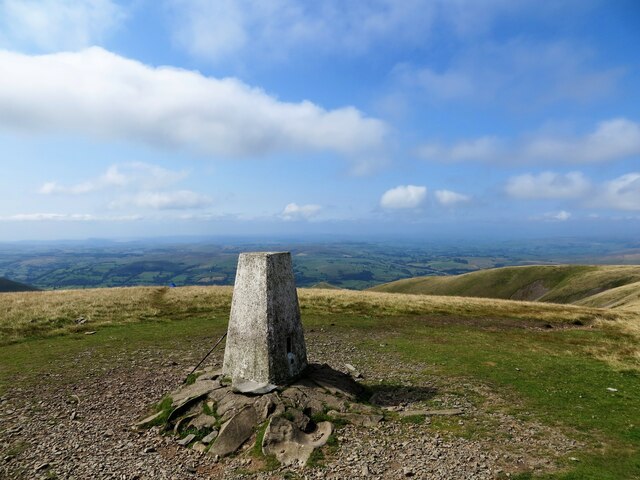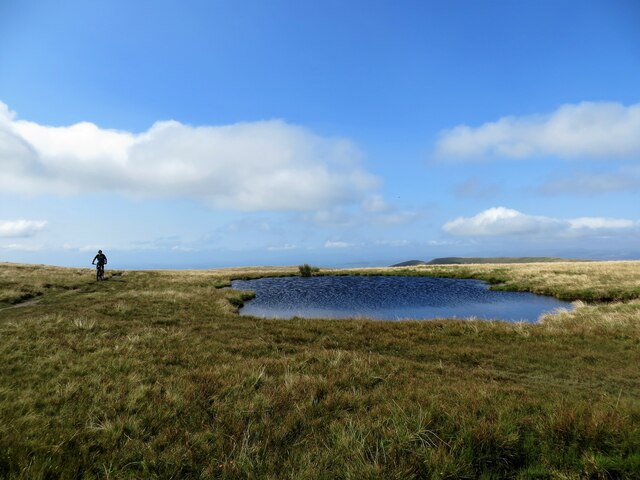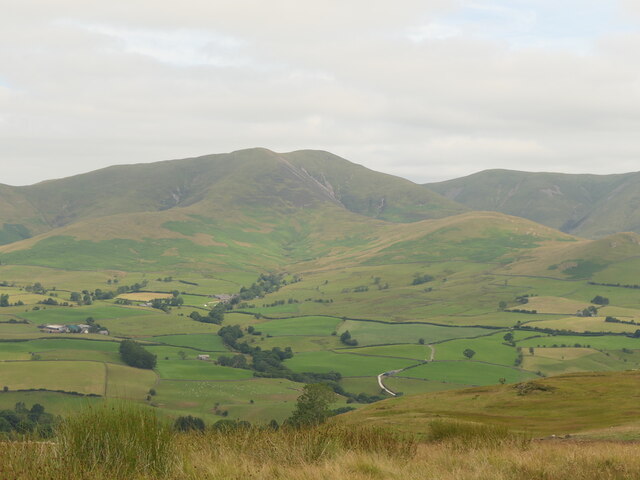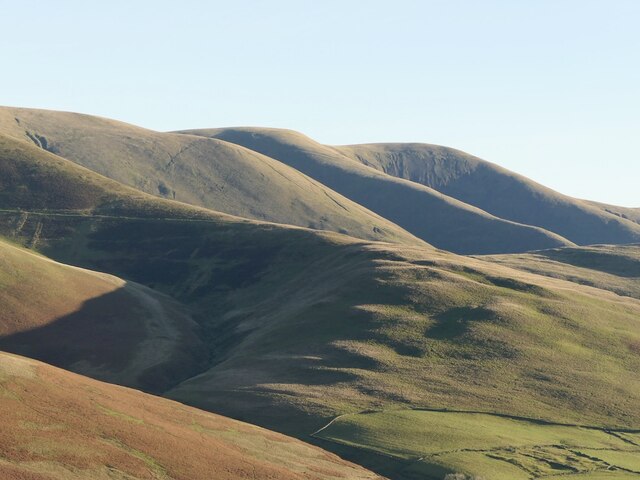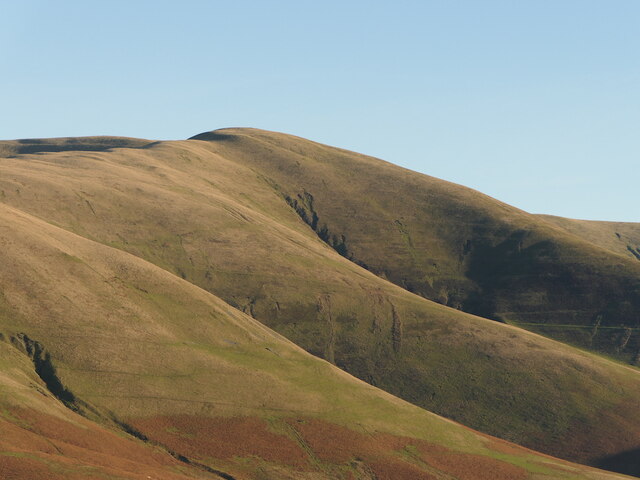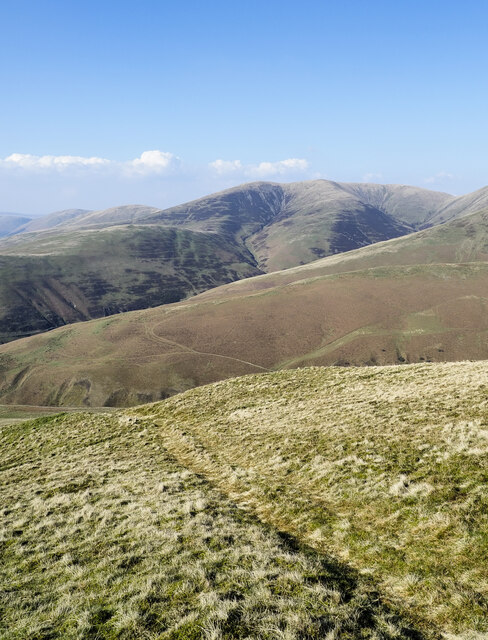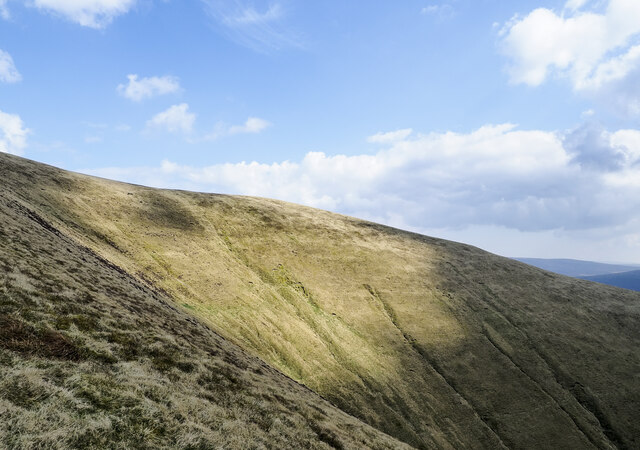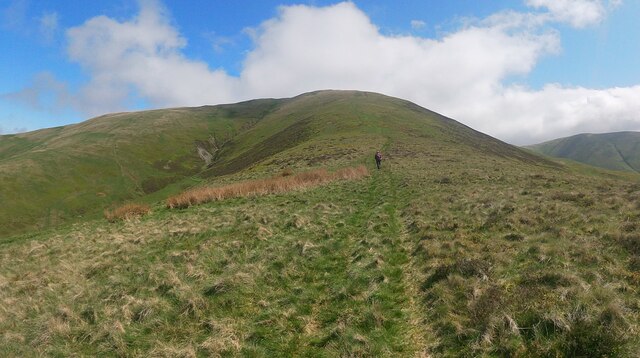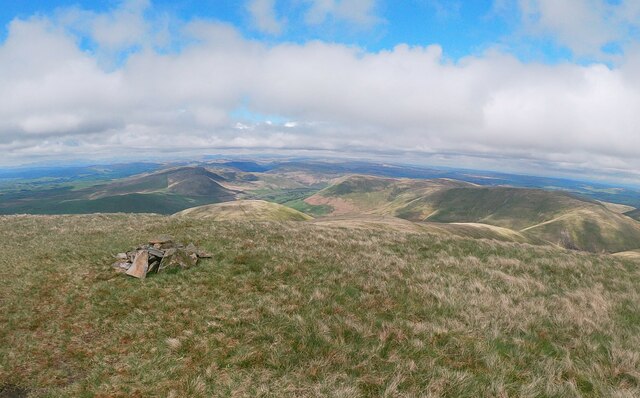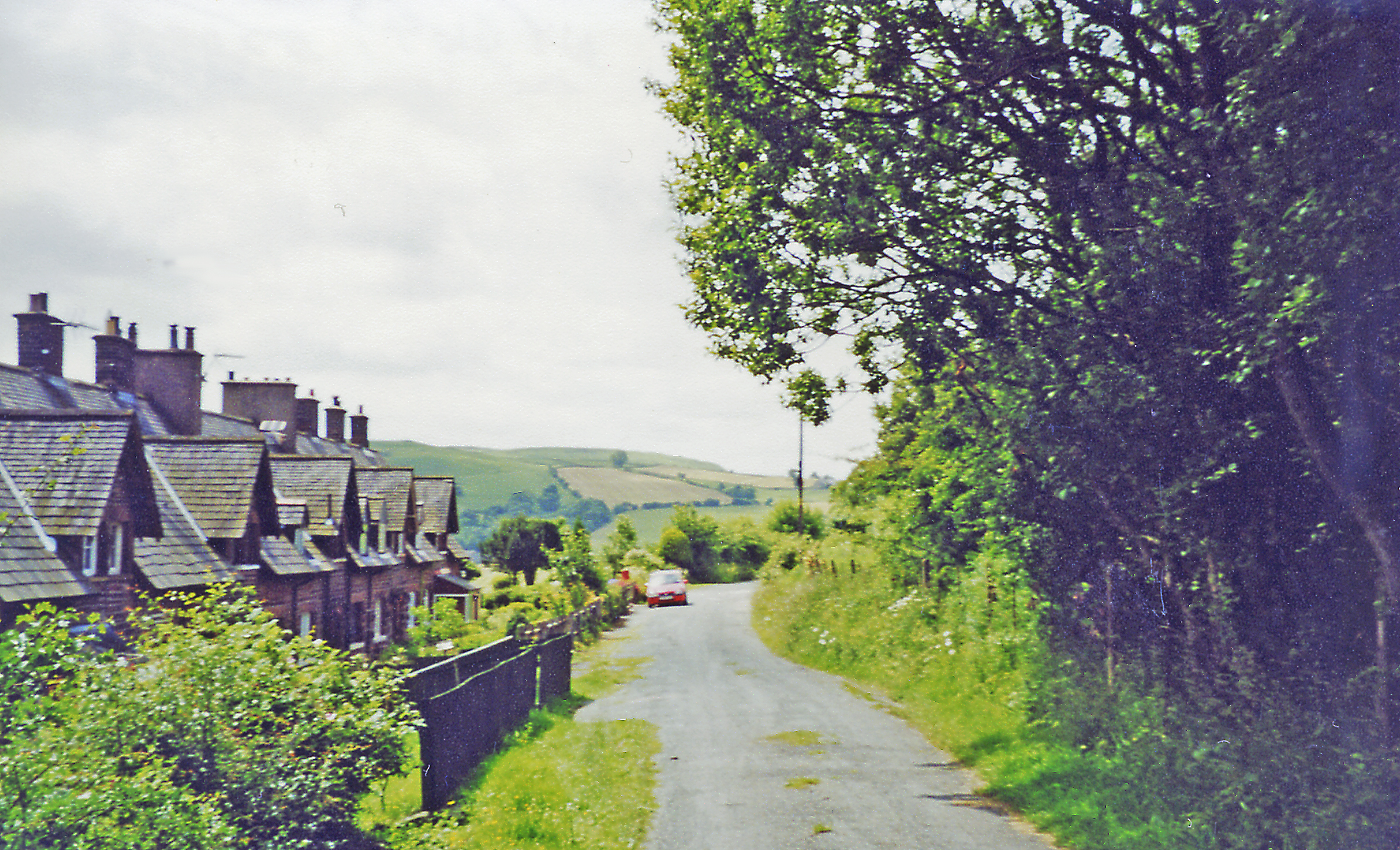White Fell
Hill, Mountain in Yorkshire South Lakeland
England
White Fell
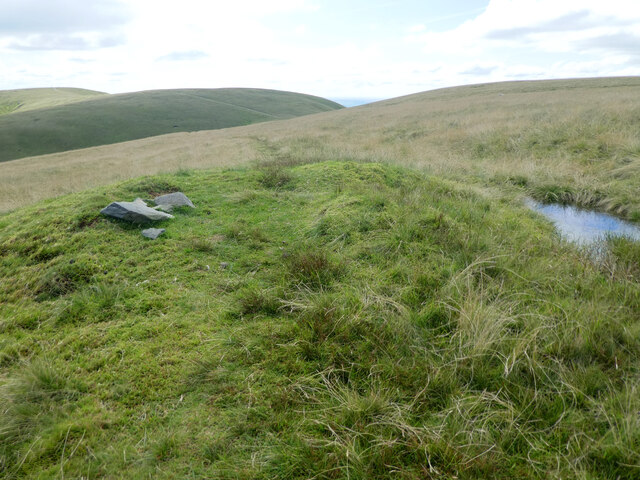
White Fell is a prominent hill located in the Yorkshire Dales, England. Situated in the western part of the Yorkshire Dales National Park, White Fell offers breathtaking views and a challenging terrain for outdoor enthusiasts. Rising to a height of 708 meters (2,323 feet), it is one of the highest peaks in the area, making it a popular destination for hikers and walkers.
The hill is characterized by its rugged and rocky landscape, with steep slopes and craggy outcrops. Its summit provides panoramic vistas of the surrounding countryside, including the nearby valleys and rolling hills of Yorkshire. On a clear day, it is possible to see as far as the Lake District to the west.
The ascent to White Fell can be demanding, particularly for those not accustomed to hill walking. However, the rewards are well worth the effort. The hill is home to a variety of flora and fauna, including heather moorland, grasses, and wildflowers. It is also a habitat for various bird species, such as peregrine falcons and red grouse.
White Fell is best accessed from the nearby village of Dent, which serves as a starting point for many hiking routes. The area offers a range of trails, catering to different levels of fitness and experience. As with any outdoor activity, it is important to come prepared with appropriate clothing, footwear, and supplies.
Overall, White Fell in Yorkshire is a magnificent natural landmark that combines stunning scenery, challenging terrain, and diverse wildlife. It presents an excellent opportunity for outdoor enthusiasts to immerse themselves in the beauty of the Yorkshire Dales.
If you have any feedback on the listing, please let us know in the comments section below.
White Fell Images
Images are sourced within 2km of 54.367113/-2.5265534 or Grid Reference SD6596. Thanks to Geograph Open Source API. All images are credited.

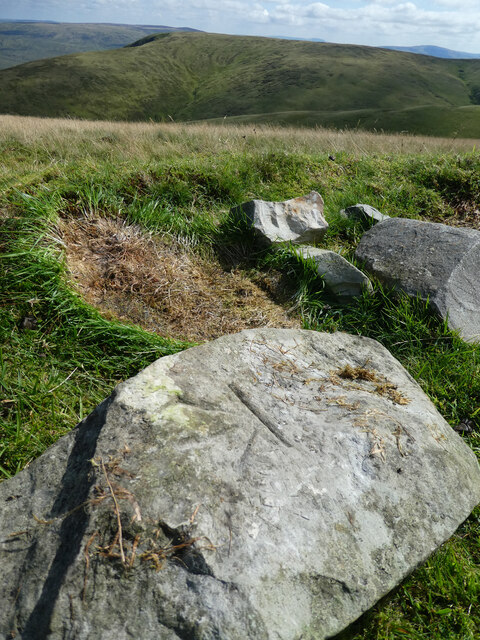
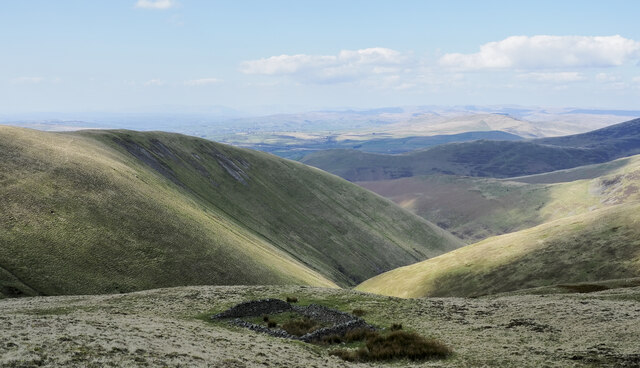
White Fell is located at Grid Ref: SD6596 (Lat: 54.367113, Lng: -2.5265534)
Division: West Riding
Administrative County: Cumbria
District: South Lakeland
Police Authority: Cumbria
What 3 Words
///compacts.slack.inhaled. Near Sedbergh, Cumbria
Nearby Locations
Related Wikis
The Calf
The Calf, at an elevation of 676 metres (2,218 ft), is the highest point in the Howgill Fells, an area of high ground in the north-west of the Yorkshire...
Calders (Yorkshire Dales)
Calders is a summit of 2,211 feet (674 m) in the Howgill Fells, Cumbria, England. It lies about 2⁄3 mile (1 km) south east of the summit of The Calf and...
Yarlside
Yarlside is a hill in the Howgill Fells, Cumbria (historically Westmorland), England. This fell is not to be confused with the Yarlside area near Barrow...
Holy Trinity Church, Howgill
Holy Trinity Church stands in a country lane near the hamlet of Howgill, between Sedbergh and Tebay, Cumbria, England. It is an active Anglican church...
Low Gill railway station
Low Gill railway station served the hamlet of Lowgill, Westmorland (now in Cumbria), England, from 1846 to 1966 on the Lancaster and Carlisle Railway....
Howgill Fells
The Howgill Fells are uplands in Northern England between the Lake District and the Yorkshire Dales, lying roughly within a triangle formed by the town...
Randygill Top
Randygill Top is a mountain located in the Howgill Fells, Cumbria (historically Westmorland), England. == References ==
Firbank
Firbank is a village and civil parish in the South Lakeland district of the English county of Cumbria. It has a population of 97. As Firbank had a population...
Nearby Amenities
Located within 500m of 54.367113,-2.5265534Have you been to White Fell?
Leave your review of White Fell below (or comments, questions and feedback).

